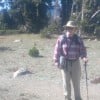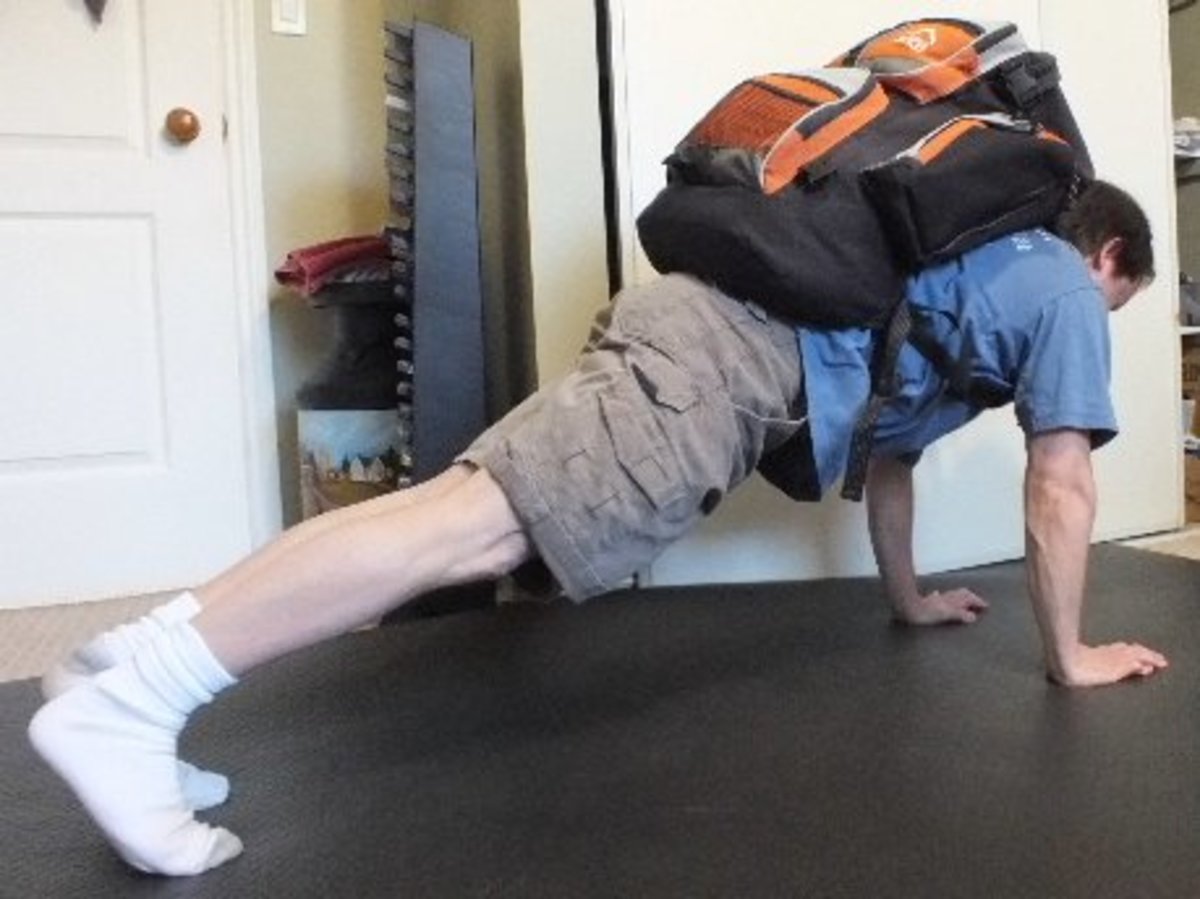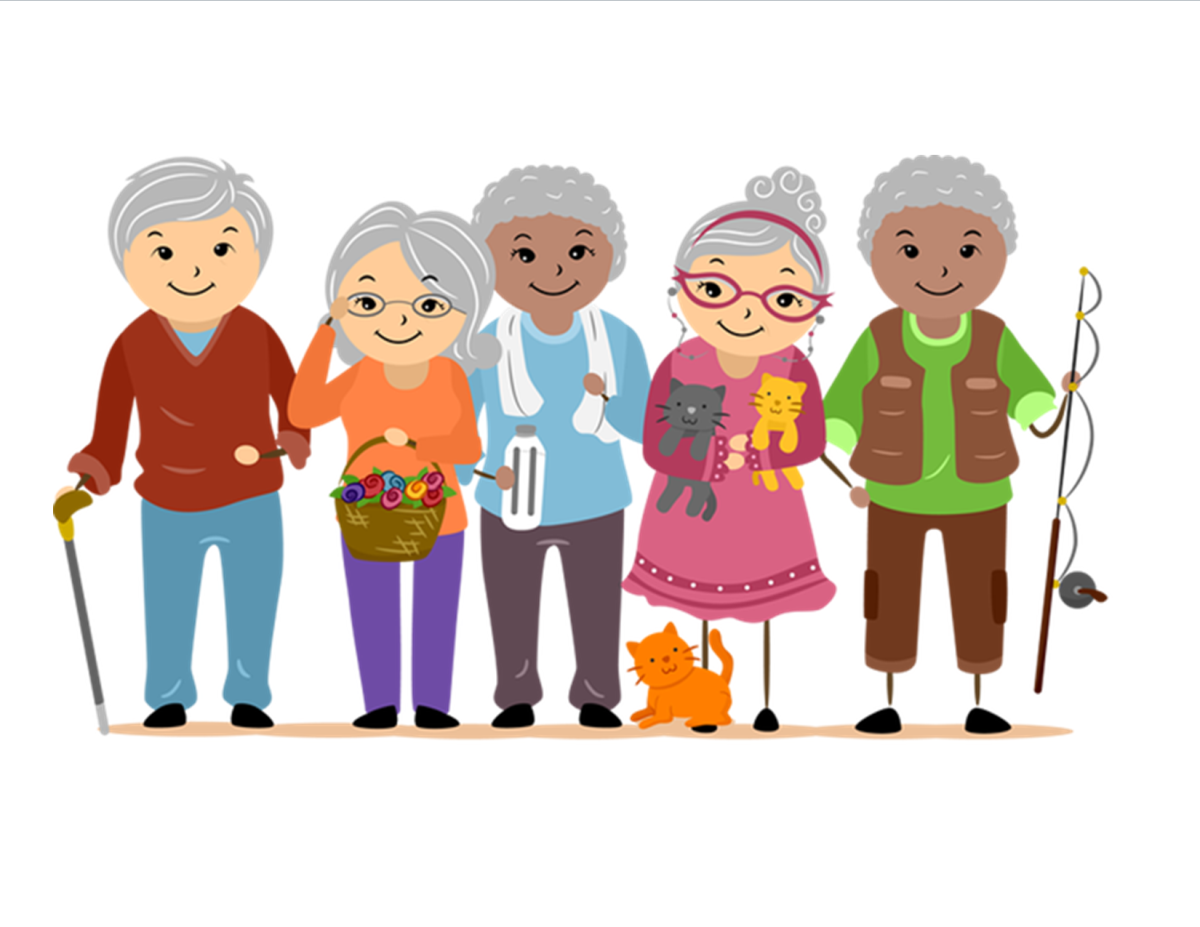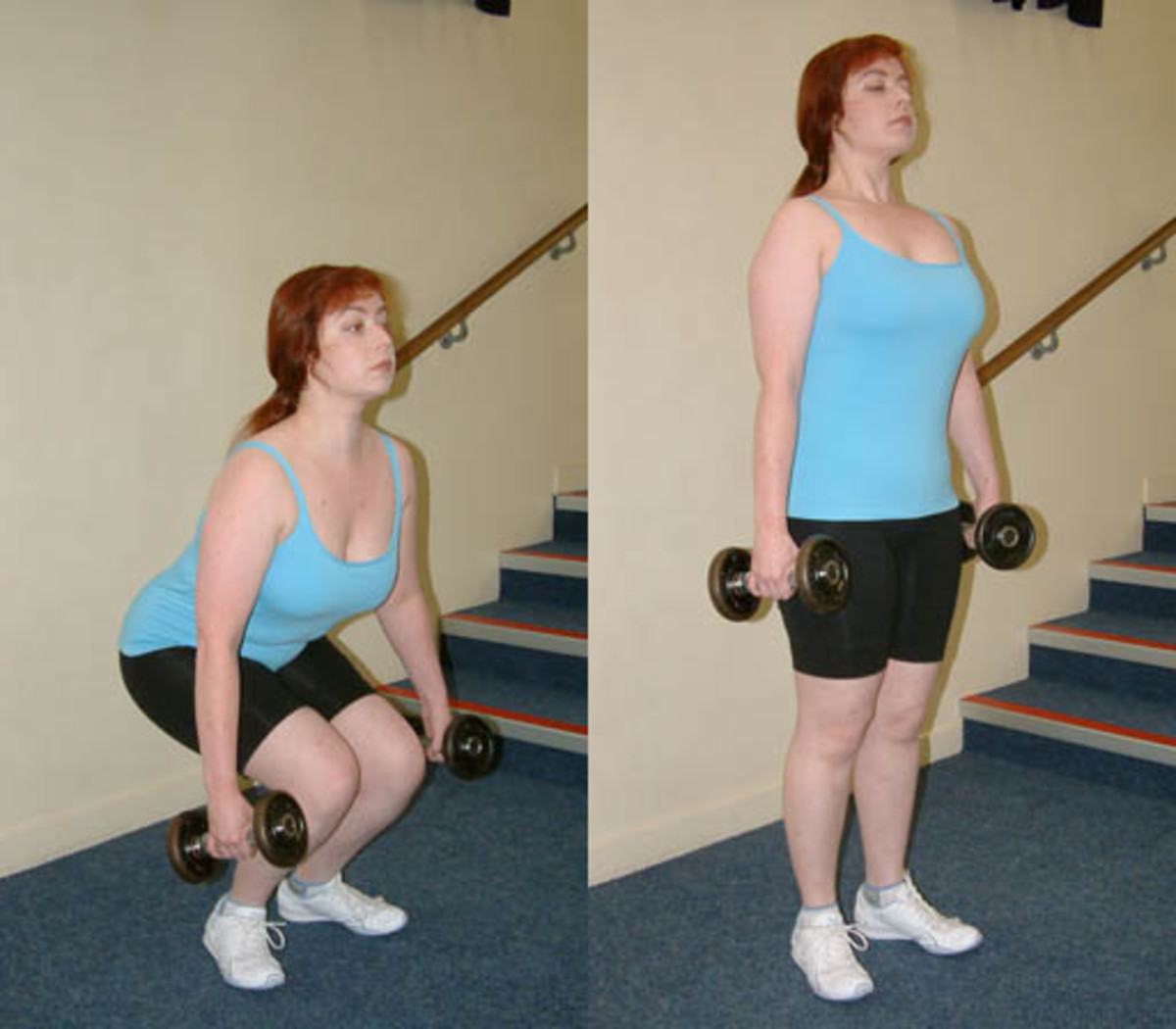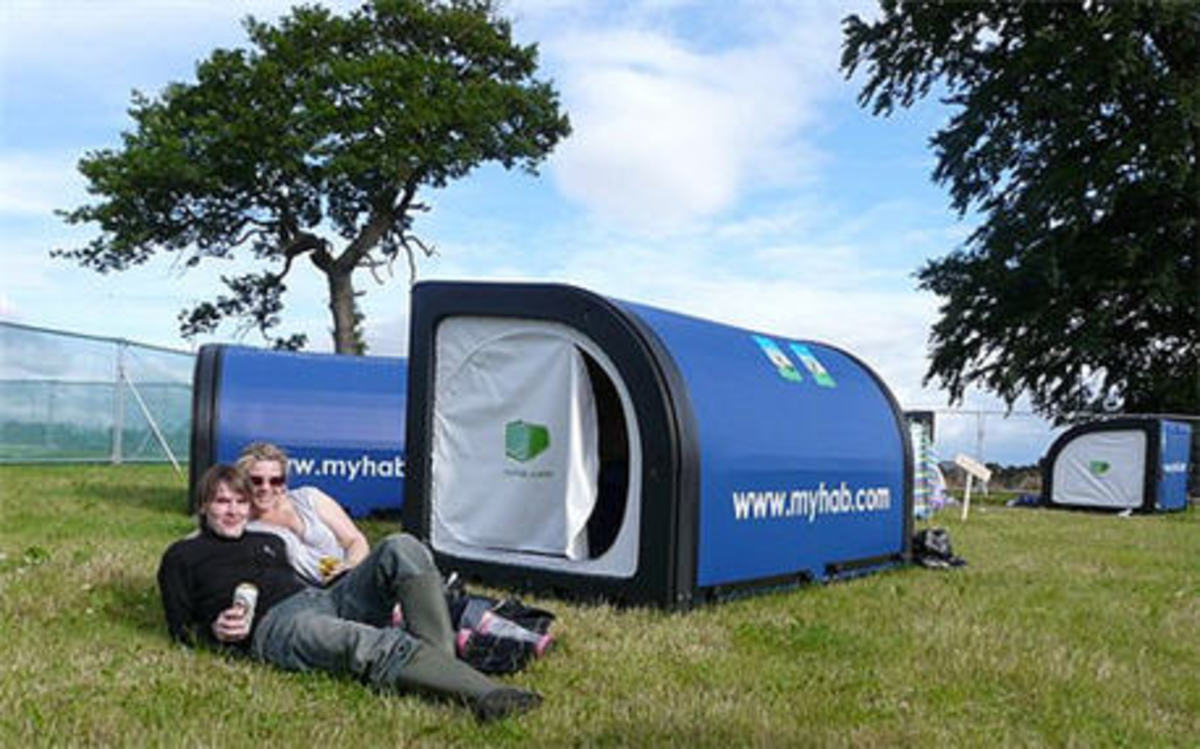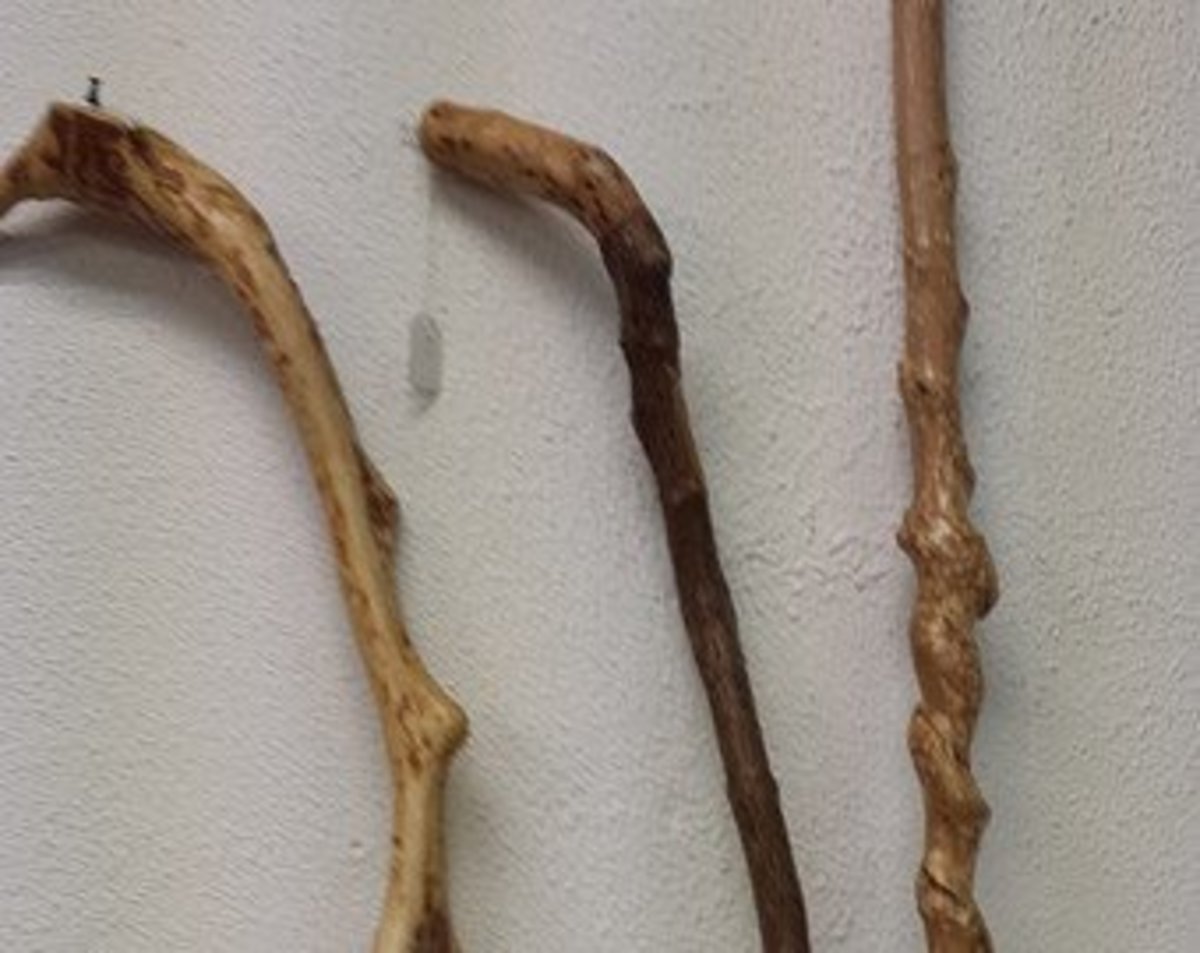Larry's Strength Training Exercises for Hiking
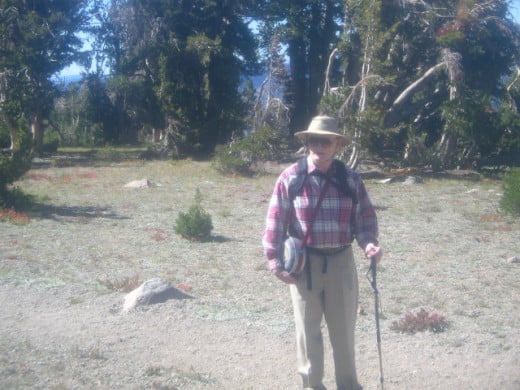
Overview
When we've been too sedentary, and then go on a challenging hike, we can can get stiff muscles--or even sore muscles. The way to prevent the soreness is to get sufficient strength training.
If all of our hikes are in the Flat Earth genre, brisk daily suburban walks may be sufficient preparation. But mountain hiking is a different ball of wax. Going up steep hills in the high country, we rely more on our quadriceps. These are the large muscles in the front part of the thighs.
Ordinary walking around the neighborhood puts few real demands on the 'quads'. We may think that 30 minutes of brisk walking every day keeps us in reasonably good shape. But when we hit a High Sierra trail on the first weekend of Summer, we'll 'feel the burn' on the first serious uphill stretch. Then we may have second thoughts about the adequacy of our exercise routine.
I feel that mountain hiking is the most fun that you can possibly have with your boots still on. If you have adequate pre-hike conditioning, the right gear, and know how to pace yourself on the uphill stretches, you may find yourself agreeing with me. In this hub, we'll look at some strength-training exercises for hikers.
I'm not attempting to draft a Thou Shalt List that's more suited to hard-core bodybuilders. Instead, I'm emphasizing exercises for several lower body muscle groups. Feel free to choose the ones that apply to your hiking needs, and to ignore the ones that do not.
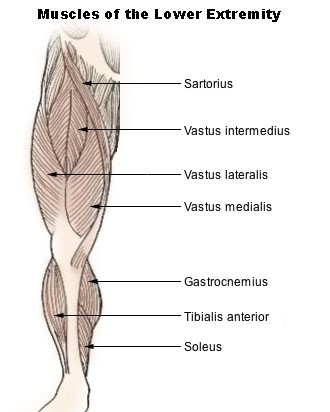
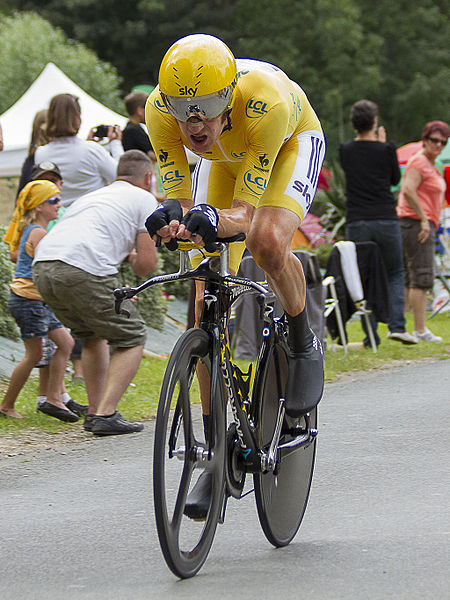
General principles
The basic idea of strength training is that we exercise to induce micro-trauma in our muscles. Then we give them a good rest that lasts anywhere from 1 to 6 days, depending on the intensity of our workout. In the resting phase, our bodies repair the 'damage', and then add a little extra lean muscle mass. When we are completely recovered from that workout, we are a tad stronger than we were before.
Here are some numbers that work for me. Serious bodybuilders would laugh at my quickie strength training routine, but my exercise priorities are different than theirs.
If I'm just starting out on correct-form squats, I want to choose a resistance level in which I can do a maximum of 5 repetitions. I'll be completely recovered within 24 hours, and will not have any sore muscles.
After a few days of this routine, I'll be noticeably stronger, and will be able to do 6 reps at the same resistance level. If I want to do this particular exercise every day, then I'll stick with 6 max reps, gradually increasing the resistance as I get stronger. Before it plateaus, my actual strength will increase on average about 3% per week. (My muscular endurance will increase much faster than that.)
If I want to make faster progress, I'll do 8 max reps every other day.
These numbers are not cast in stone. Younger people may have faster recovery times than I do.
The main point is that we allow enough time for our muscles to recover completely. Listening to one's body is an art that requires practice. And the practice of this art does not make one a wimp.
How much is enough? How do we know when we've arrived at an optimal strength level for squats? Well before that point, you won't be getting sore muscles on your hikes any more. But there are other considerations.
Some exercises--especially squats--increase my sense of well being. It's comparable to the famous Runners' High. For these exercises, I optimize for the mood boost. Going beyond that 'sweet spot' would decrease my sense of well-being.
There's an interesting 'side-effect' from regular squats. For men, squats can increase our testosterone levels. Here's a 1997 scientific article from Journal of Applied Physiology:
Testosterone and cortisol in relationship to dietary nutrients and resistance exercise
Of course, "T" increases upper body muscle mass, and decreases body fat. This probably explains the effect of regular squats on my appetite for carbs. I've always been a big eater. But with regular squats, my appetite is slightly less big. And I'm a bit leaner than I was 25 years ago. According to the statistical 'norms', I should be getting fatter and weaker with age.
If squats have no effect on mood, increase your strength to the point where your quads are not the weak link in your uphill hiking performance.
Look at photos of world-class cyclists. Of course, they're all very lean. But they don't have huge upper legs, like world-class bodybuilders. If the cyclists 'bulked up' their legs that much, then performance would take a hit, because cardiovascular efficiency would be the weakest link. The extra muscle mass--above and beyond what's necessary for performance--would be dead weight on hill climbs. Ditto for mountain hikers.
What about sets? If you're doing a lot of squats, you may want to take an extra breath or three whenever you feel that you're beginning to get winded. If your timing is right, your muscles will feel like warm Jell-O by the time that you max out. But you won't be gulping desperately for air when you've finished. And you will not 'feel the burn' as much.
The other advantage of sets--with a minute or so of rest between sets--is that you can squeeze out an extra repetition. This is more of a consideration for competitive bodybuilders, who choose a resistance level where they can do a very large numbers of reps.
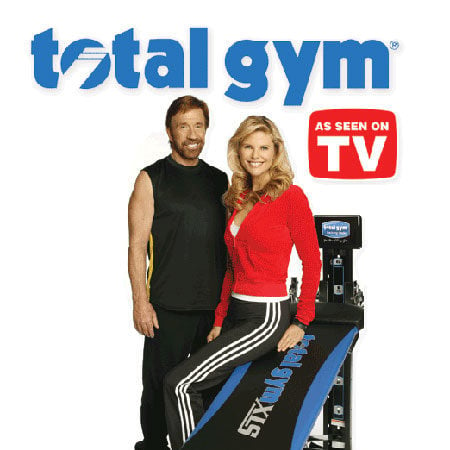
The WRONG way for hikers to do squats
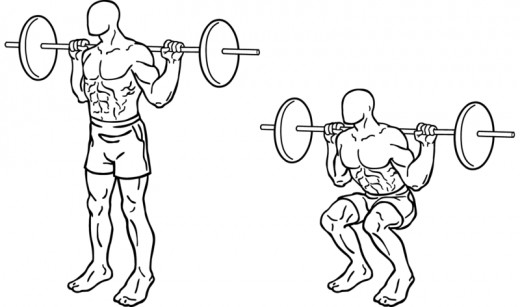
Quadriceps exercises
For me, quadriceps work is the single most important category of strength-training exercise. Here's a 2009 headline from BBC News:
Large thighs 'may protect heart'
There are at least three factors that could account for the statistical association between larger thighs and cardiovascular health:
1. a relatively high amount of lean muscle mass in the the quadriceps;
2. a relatively high amount of fat in the upper legs;
3. cardiovascular health and relatively large thighs have a common cause. And thigh size has no effect on cardiovascular health.
I'm going with Explanation #1. If I'm right, there's a big payoff. Even if I'm wrong, there will be no regrets about having strong upper legs, and being able to hike up steep hills easily.
Here's another health angle to consider in crafting your own strength training routine: Lean muscle mass consumes more calories than white fat tissue.
Working any muscle group can increase the lean muscle mass, and decrease the fat content of that muscle group. This will increase your metabolism slightly.
And that means you can lose a bit more body fat if your diet does not change. Or you can eat a bit more yummy food without gaining body fat.
The biggest metabolic payoff for your investment of time will be to emphasize the big lower body muscle groups: quads, glutes--the gluteus muscles in your buttissismo--and to a lesser extent the calves.
There are several quad-strengthening exercises. In choosing the one that's best for you, consider how strong your quads are at the outset, the health of your knee joints, and your sense of balance.
One of the easiest indoor exercises for the quads is Gorilla Walking, which is the subject of an earlier hub.
I started out with one-leg squats on a fold-up Total Gym. The Total Gym (TG) is a glideboard mounted on rails. Your own body weight provides the resistance. And that resistance can vary, depending on the inclination of the rails (and glideboard). As you get stronger, you can increase the resistance. Another nice thing about the TG is that it forces you to use correct form on your squats.
Even though I'm a senior by some measures, my quads are twice as strong as they were when I first started.
Of course, you can do a large variety of strength training exercises with a TG--not just squats. I think that the Total Gym is the best starting point for most healthy people who want to have stronger quads for mountain hiking. Nevertheless I have two caveats about the Total Gym. First, it's not suited to people with a marginal sense of balance. Second, if you have long hair, you should wear a shower cap while working out on your TG. Otherwise your hair could get snagged.
I bought my entry-level Total Gym 1000 a long time ago. These days, a new Total Gym can be quite expensive. If you have your heart set on a TG, you may want to look for used ones. Be sure to verify that the garage-sale TG you're checking out has a squat platform, or at least a wing accessory. And does the glideboard slide smoothly along the rails? (A cable and hand grips would be nice too.)
Fancy-schmancy equipment is not an absolute necessity. Body weight squats are an option for younger adults in good health.
However I do not recommend the classic hands-on-hips squats for your strength-training routine. To see why, find a full-length mirror. Stand in front of it, with the mirror to one side. Then do a couple of classic squats. You'll see that your torso bends forward in the early part of the squat. This means that you're using your lower back muscles, in addition to your quads. Instead, you want to isolate the quads and and buttissimo muscles for the entire range of motion.
Why am I concerned with correct form? It's about more than just time-efficiency. Lower back work increases my appetite, unlike quad work, which has the opposite effect. Sloppy squats mix quad work and lower back work together. If I wasn't mindful about form, I'd miss out on one of benefits of correct-form squats. And I'd end up looking more like Homer Simpson.
Split squats are an option for people who already have above-average quad strength. Put the left foot in front of you, and the right one behind you. This puts more than half of your weight on your left leg during the squat. Starting out with your back knee on the carpet, rise to a standing position. In the Larry version of this exercise, keep your arms straight out in front of you. Do some reps. Then switch sides, and do the same exercise with the right leg in front, and the left leg in back.
You can fine-tune the resistance level of your squats by holding a light weight in your hands. You can buy 2.5, 5, and 10-pound plates at your local sporting goods store. Ditto for hand weights (popular with fitness walkers) and light dumbbells.
Sometimes I do hook squats. (A hook squat is the tougher version of a Bulgarian squat.) I hook my left foot on the seat of a chair that's behind me, and do almost all of the work with my right leg. My left knee touches the ground at the low point of the squat. And again, my arms are in front of me. Of course, there's no way that I could have done this particular exercise when I was first starting out on squats!
The video at the bottom of this article demonstrates the easier version of Bulgarian squats.
How do you feel about strength training?
Four other muscle group exercises
On rainy days, when I do not feel like going for a walk, it feels good to do 4 of the one-leg calf raises, and 10 of the Ushrugs (described below)). Your mileage may vary.
•A moderate number of one-leg calf raises in my strength training routine can prevent these muscles from getting sore after a hike. If I don't overdo it, this is another feel-good exercise.
Stand on your left leg, and rest your right hand against a brick wall for balance. Using only your left gastrocnemius (the larger of the two calf muscles), lift your body weight, until the foot is fully extended. Do a moderate number of reps. Then switch sides and repeat.
I'm not as gung-ho about this exercise as I am about squats. In fact, I'm downright wimpy about calf-raises.
Of course, people who are not strong enough to do one-leg calf-raises can do the two-leg version. If you overdo the two-leg calf raises, you'll probably get sore muscles, which defeats the purpose of the exercise. On the other hand, if you attempt one-leg calf raises when you're not yet strong enough, you could get muscle cramps. Please listen to your body.
Some macho bodybuilders try to do calf raises, while holding heavy barbells on their shoulders. I regard this as too risky. If you lose your balance--which is easy to do in this variation of the exercise--you could get seriously hurt.
Again, my top priority is squats. My second priority is calf-raises. If I did an hour of brisk walking every night, in addition to my morning squats, I would not need the calf-raises. The remaining three exercises in this section do not have a big enough payoff for me; and I choose not to do them on a regular basis.
•The soleus is the lower calf muscle. You use your soleus for braking while going down a steep hill. That's why my calves sometimes gets tired on the downhill parts of hikes. Here's a good soleus exercise.
Sit in a chair, with a weight resting on your right thigh, near your right knee. Using only your right calf muscle (soleus), extend your right foot, which will raise your right knee. I use a 25-pound plate. For women, I recommend using a 10-pound plate. Then switch sides, and repeat.
For me, soleus work has a lower priority than calf raises. It has nothing to do with helping me get up the hill, with protecting my knee joints, or with preventing sore muscles. Since I can do a fairly large number of soleus reps, I won't do them every day--or even every other day. If I'm pressed for time, I'll blow off this exercise.
•The hip flexors are the muscles that lift up your forward leg when you're walking up stairs, or up a steep hill. Many women hikers prefer to wear sneakers--even though they give less ankle support--because it's too tiring to wear the heavier hiking boots. We can chalk that up to fatigued hip flexors.
On Summer hikes, this is not an issue for me. However many years ago, hip flexor fatigue was a problem on a solo snow outing in the Trinity Alps, in the Northernmost part of California. My snowshoes were the old-fashioned type, with a heavy wooden frame, and rawhide webbing.
This type of snowshoe is best suited to snow that has a good crust on top. But on that day, the snow was soft. The wet snow stuck to my snowshoes, and after a while, they felt like they weighed a ton!
Standing leg raises are a simple exercise for the hip flexors. While you're balancing on the right foot, lift your left knee, and move your right hand over to touch that left knee. Continue with more reps until you begin to feel some tiredness in that muscle group. Then switch sides.
Standing leg raises are also a good brain exercise. They use the vestibular sense (our sense of balance) and proprioceptive sense (our sense of relative body position).
As is the case with soleus work, leg raises are not a priority for me. I may do them a couple of days before a hike that I've planned--if I can remember.
I do not recommend this exercise for people who have balance issues. And for the sake of balance, it's best to do this exercise in a well-lit area.
•The hamstrings are the muscles in the backs of your thighs. You can injure these muscles while running. Or when you walk a big dog who pulls too hard on the leash.
I have knee issues. My understanding is that strengthening the upper leg muscles--including the hamstrings--will stabilize the knee joint, and decrease knee pain during and after a hike.
Some gyms have leg curl machines that work the hamstrings. But who needs the machines? Or the expense of a gym membership, for that matter?
Here's how to do Larry's Standing Leg Curls to work the hamstrings. Stand on your right foot, while placing your left hand on a brick wall for balance. Then kick yourself (gently) in the tush with your left heel. I do a fairly large number of reps. Then switch sides.
Please be careful with hamstring work. Overdoing it can lead to cramps.
Of the strength training exercises I do, leg curls and leg raises have the lowest priority. I don't do them regularly, but may do them a few days before a vigorous day hike or cross-country ski outing.
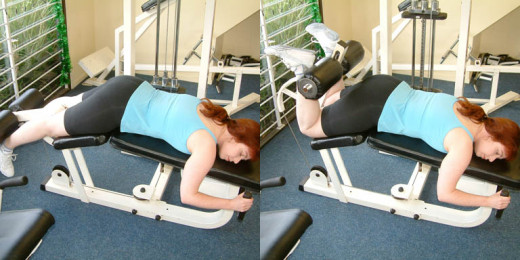
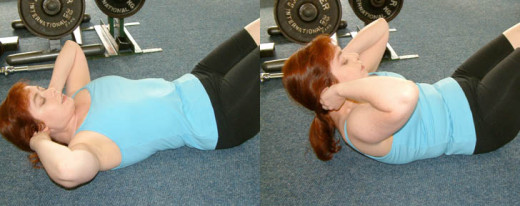
Exercises that I do NOT like
Why not? Because they don't feel right after I've done them. Some exercises feel good after I've done them, and others do not. If I forced myself to do all of the hiking-related strength training exercises in this section, I'd be tempted to chuck the whole lot, because the well-being payoff would be gone. Even though the following exercises do not agree with me, some of them may prove to be helpful for other hikers.
•Abdominal work may be useful for some hikers. Strong abs decrease the risk of lower back injuries. You do not want to have sudden major back pain when you're on a wilderness hike.
When I was in high school, we were taught that sit-ups were a good exercise for strengthening the abdominal muscles. But at my age, sit-ups would put too much strain on the lower back. Moreover, our current understanding is that sit-ups mainly work the hip flexors, rather than the abs. I do not recommend this particular exercise for anyone.
Crunches are an important ab exercise. However in keeping with my wimp's philosophy about exercise, I choose not to do crunches.
•Newbie race-walkers frequently get soreness in the tibialis anterior. These are the lower leg muscles that you use when tapping your foot in time to music. I know of two ways to do strength training for the tibs. First, you can do your tib training with a friend, who can provide the necessary resistance, by pushing down gently on the front part of your foot.
Or you can do foot curls on your Total Gym. Place the wing accessory near the top of the rails. Grasp the handles at the ends of the cables, and use the cables to lift yourself high enough to hook your feet on the wing accessory.
If you hike only on flat trails, and you enjoy a fast pace, tib work may be relevant. But on Sierra hikes, you probably won't be going fast enough to overwork the tibs.
•Sometimes we hikers get sore trapezius muscles from carrying a rucksack all day. If your rucksack has a waist strap, use it. It will transfer some of the weight to your hips, and put a smaller load on your trapezius muscles. I know of three ways to target these muscles. First you can use a Total Gym. Grab the cable handles, and lie down on the glideboard, with your feet pointing uphill. Then shrug your shoulders toward your head.
Or you can simply use a pair of dumbbells, instead of the Total Gym.
A third variation does not require equipment of any kind. Lean your back against a brick wall. Place all of your weight on your right foot. Lift your left knee. Clasp your hands together under the left leg, just behind the knee, with your fingers interlocked. Then use your trap muscles to lift your left leg. I call this exercise U-shrugs. For women, this variation may be helpful in building trap strength, but will probably have too much resistance to provide an optimal trap endurance workout.
Happy trails!
Copyright 2012 by Larry Fields
